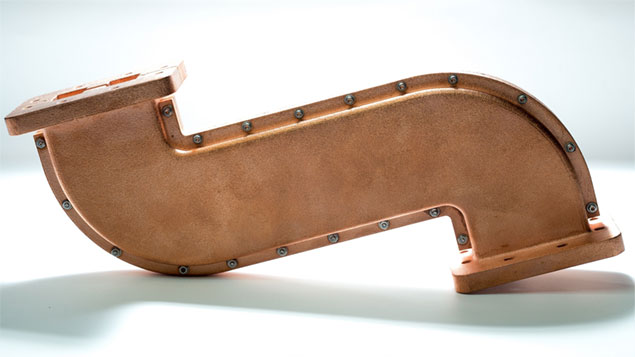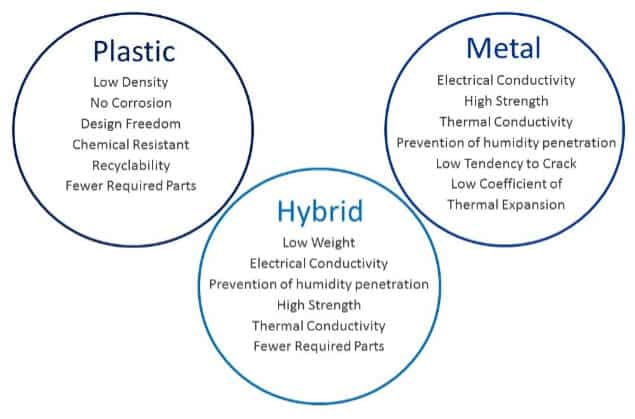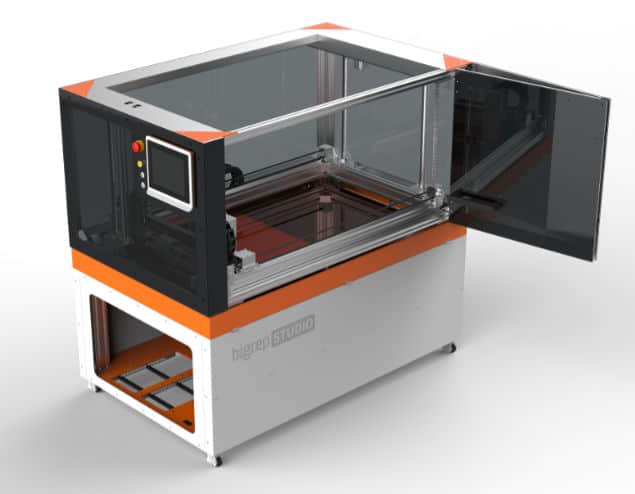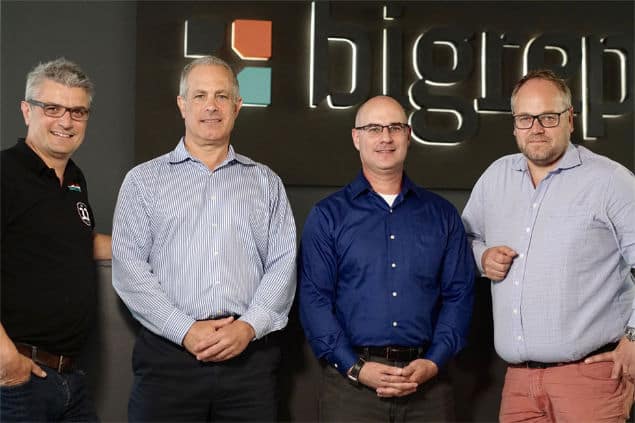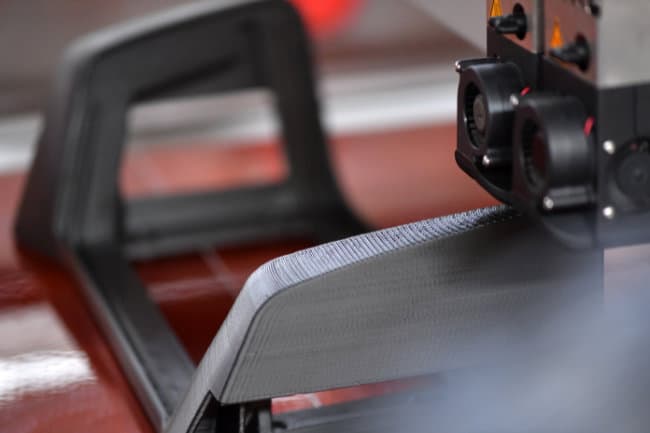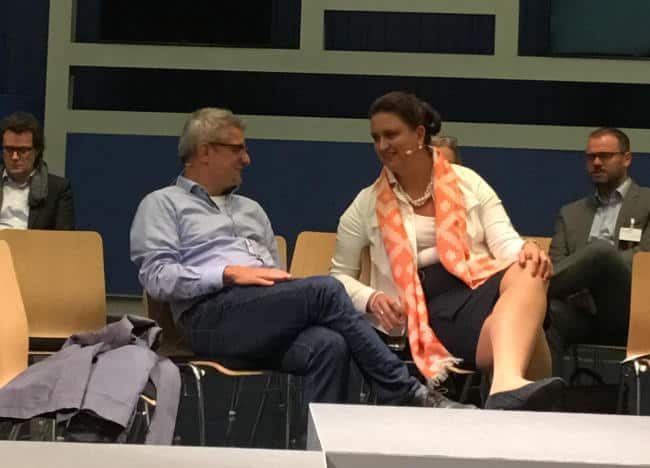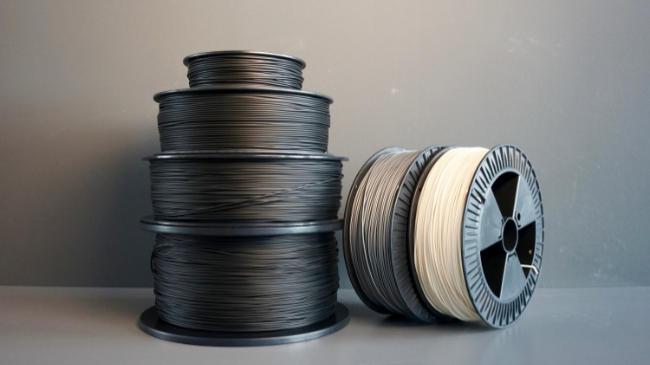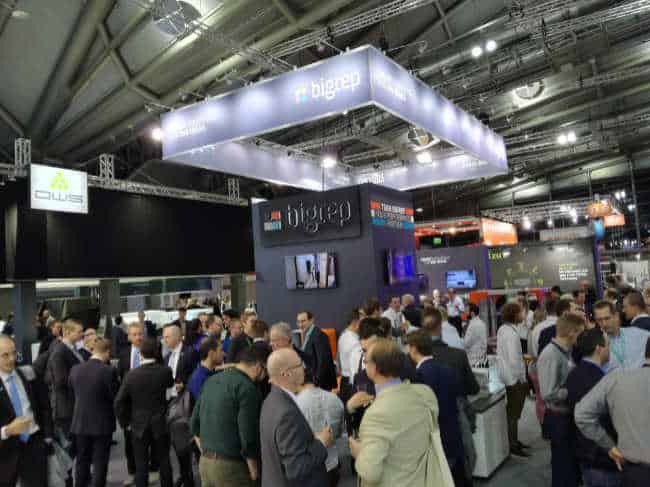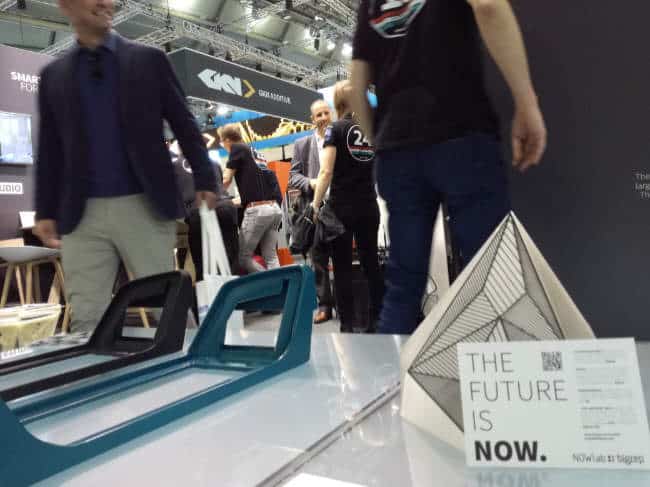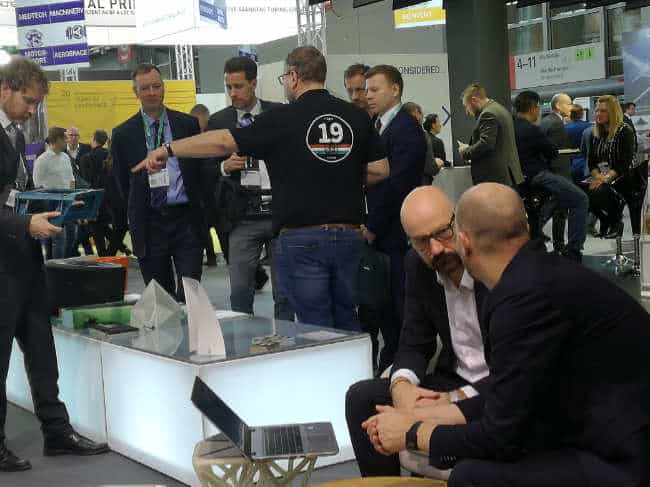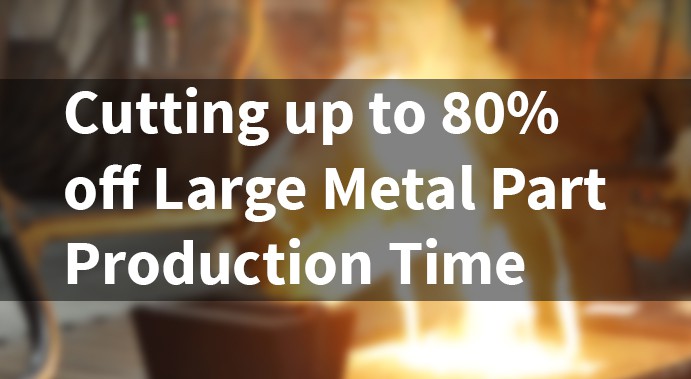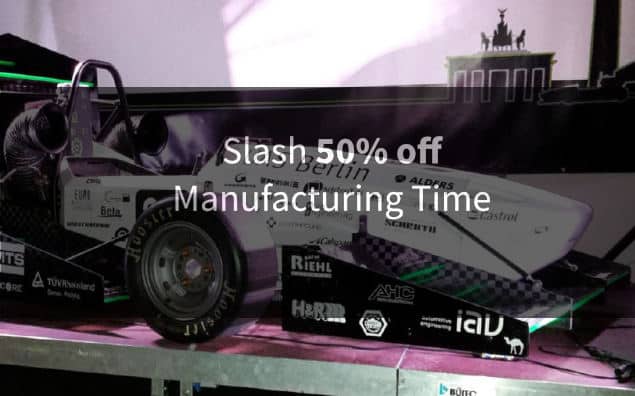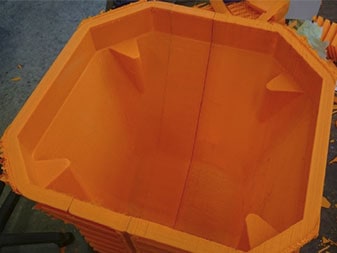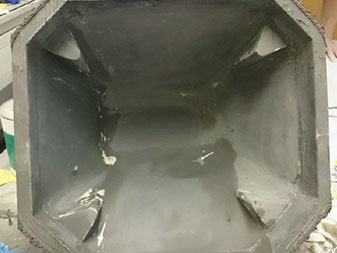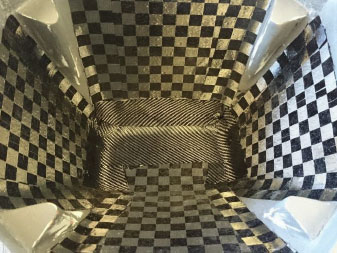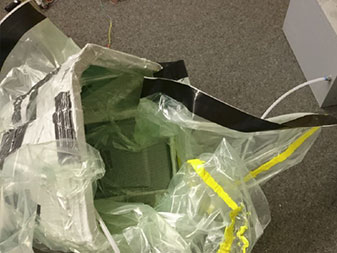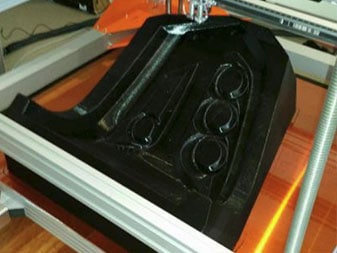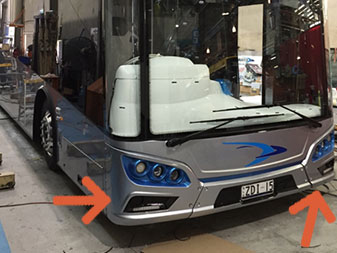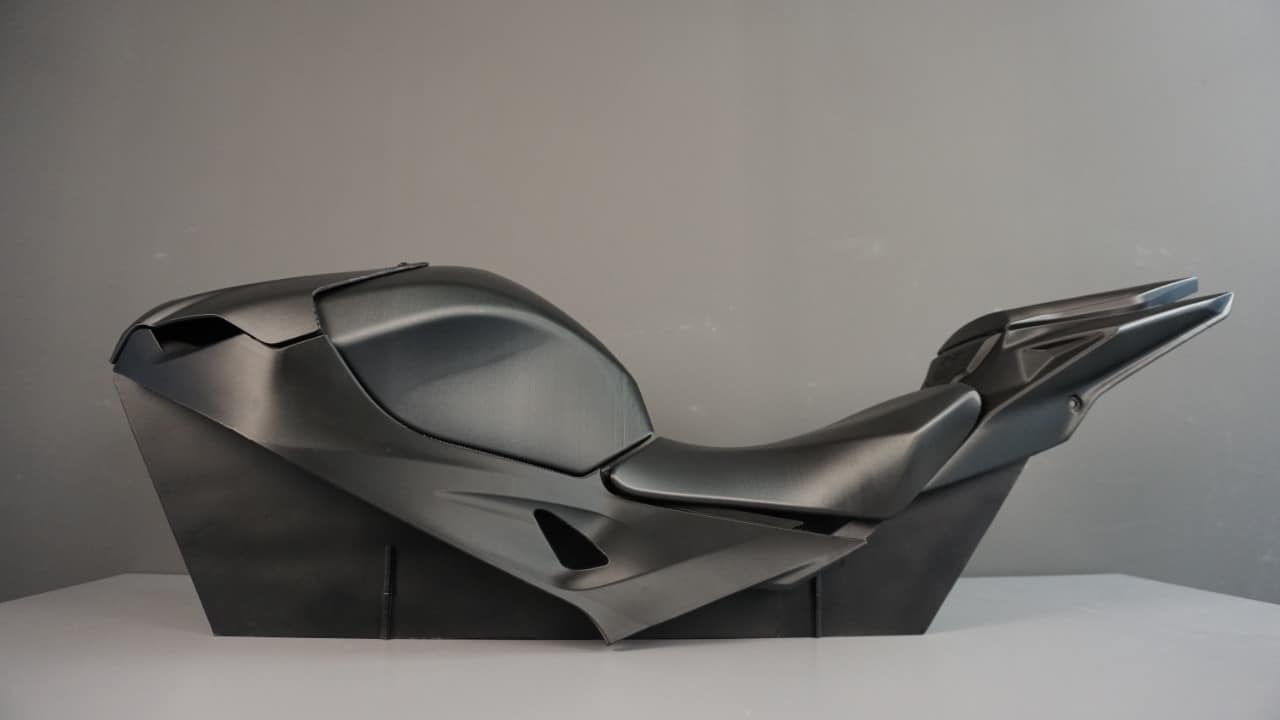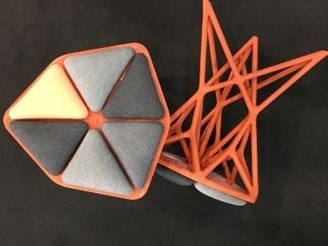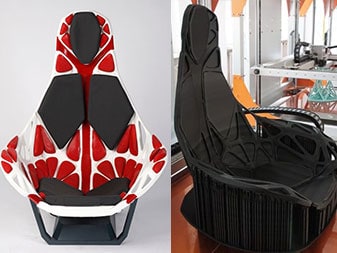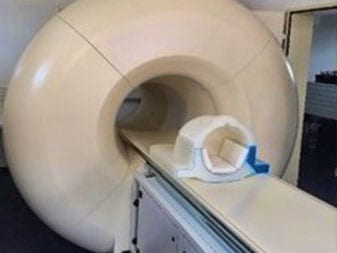One key challenge presented by 3D printing, especially if there is a small area of contact for a large print, is detachment from the print bed. Add to that the fact that each material requires different printing conditions. So, even on a large 3D printer like the BigRep ONE, which works equally well for all materials, our printing experts were always on the hunt for a first-layer adhesive solution that was solvent-free and environmentally friendly, not to mention easy to work with.
BigRep and R&D startup Thought3D (based in Valletta, Malta) recently announced a cooperation to bring a first-layer adhesive to large-scale build area FFF industrial 3D printers. So, we’re pleased to introduce Magigoo – a glue stick that increases printing reliability and maintenance convenience.

What began as a meeting and casual chat between some BigRep and Thought3D staff at IDTechEx in May, ended up in a cooperation to refine the Thought3D product and make it available for testing on large-scale prints at the BigRep Berlin office. Crucial to BigRep in using the adhesive has been the fact that it sticks and holds fast to the object when the print bed is hot, and releases when the print bed is cold.
“BigRep customers expect high-quality end products," said Moshe Aknin, Chief Technology Officer at BigRep. “Magigoo is a reliable product that helps our dependable workhorse printers to achieve great large-scale results.”
In one particular instance, BigRep was printing a section of its creative team’s bionic propeller design on The ONE printer. Given the propeller model’s area of contact was rather small, the BigRep team needed Magigoo on the print bed to aid in printing the large part’s challenging geometry. Moreover, the object’s overhangs and sharp details could have led to object detachment, but with the Magigoo adhesive, BigRep was able to successfully print several sections of the model for prototyping.
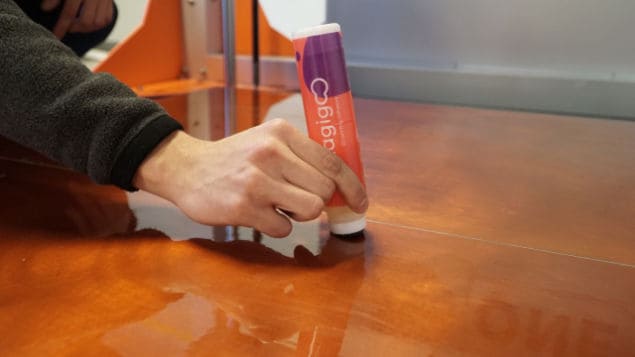
“We enjoyed working with BigRep to extend our product range for large format 3D printers and we are glad to provide a product that meets the high demands of industrial clients,” said Dr Keith M Azzopardi, Co-Founder and R&D Lead at Thought3D. “We hope to continue this collaboration with BigRep. Magigoo’s development road map is underway. We are expanding our product portfolio to include an even wider spectrum of smart adhesives targeting engineering materials.”
You can read more about the Magigoo’s glue stick on their website, or on 3Dprint.com and 3D Printing Media Network, where the announcement was also covered.

